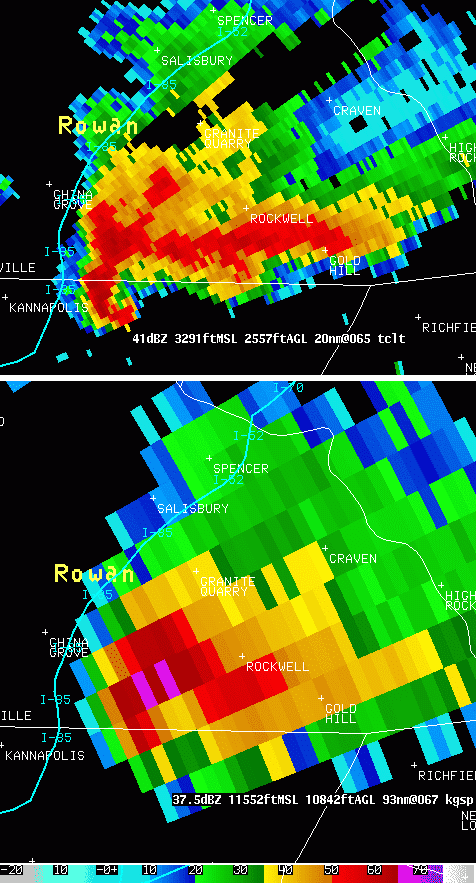In our first two reports on this deadly weather phenomena of windshear, we examined the threats it has to aircraft, the dangers, and ways to be more aware of its presence. In this article, we examine some strategies pilots can use to avoid the deadly effects of windshear as part of our series on weather.
Some of our material is also covered in our Commercial Pilot Ground School Course. All of our courses, just like our blog posts, are very practical to pilots. We don’t just teach theory, we teach you how to apply it to your every day training to help you be a safer pilot, a smarter pilot, and one who can avoid windshear accidents.
Cockpit Preparation – Departure Briefing
Flight crew should consider all available windshear-awareness items and assess the conditions for a safe take-of based on the most recent weather reports and forecast, visual observations and crew experience with the airport environment and the prevailing weather conditions. A delayed takeoff should be considered as warranted until conditions improve.

Windshear on Takeoff Suspected
If you suspect windshear conditions, the flight crew should:
- Consider delaying the takeoff.
- Select the most favourable runway considering the location of the likely wind shear downburst
- Use the weather radar before commencing the takeoff roll to ensure that the flight path is clear of hazard areas.
- Select the normal takeoff power
- Closely monitor the airspeed and speed trend during the takeoff roll to detect any evidence of wind shear.
Arrival Briefing
Before conducting an approach in forecast or suspected windshear conditions, the flight crew should:
- Consider delaying the approach and landing until conditions improve or divert to a suitable airport. Especially if reported via PIREPS or low level windshear alert system.
- Assess the conditions for a safe approach and landing based on the points listed above.
- Select the most favourable runway considering the location of possible wind shear and runway approach aids
- Use the WX Radar (or predictive wind shear system as available) to ensure the flight path is clear of hazard areas
- Select less than full flaps for landing and adjust the final approach speed accordingly
- If an ILS is available, engage the autopilot for a more accurate approach tracking
- If gusty conditions are expected, increase Vref.
- Compare headwind and tailwind components aloft and the surface wind to assess the potential and likely degree of vertical wind shear.
- Closely monitor the airspeed, trend and ground speed during the approach to detect any evidence of imminent windshear. Minimum ground speed and level of energy should be maintained to ensure proper thrust management.

Factors Affecting Windshear Awareness
- Aircraft Equipment: Absence of reactive or predictive systems
- Airport equipment: Absence of low-level windshear alert system or Terminal Doppler Weather Radar (TDWR)
- Training: Absence of wind shear awareness program or simulator training for wind shear recovery
- SOPs: Inadequate briefings, inadequate monitoring of flight parameter and incorrect use of automation
- Human Factors and CRM: Absence of cross check, inadequate back-up and callouts, and fatigue

Prevention Strategies
- SOPs Should emphasize the following wind shear awareness items.
- Wind shear awareness and avoidance
- Takeoff/departure and approach/go around briefings
- Approach hazards awareness
Wind shear recognition:
- Task sharing for effective cross-check and back-up, particularly for excessive parameter deviations
- Energy management during approach
- Elements of a stabilized approach
Wind shear recovery and escape procedures
- Readiness and commitment to respond to a reactive or predictive wind shear advisory or warning as available
2. Pilot Reports
- In all cases after an encounter, it is important you make a detailed report to ATC in increase other aircraft’s crew awareness. The report should contain the words “pilot report,” intensity and vertical and horizontal position
3. Training
- The wind shear recovery/escape procedure should be trained in a full-flight simulator using realistic wind shear profiles recorded during actual encounters.
Transport Canada
Transport Canada has published an advisory circular which discusses the approach and landing during convective weather conditions. Inside, a lot of material discusses similar topics which we have discussed here.


